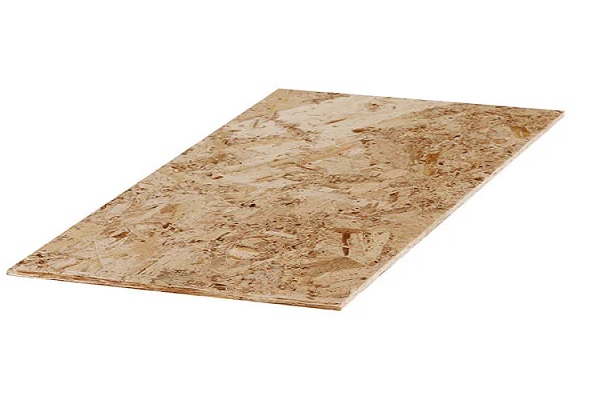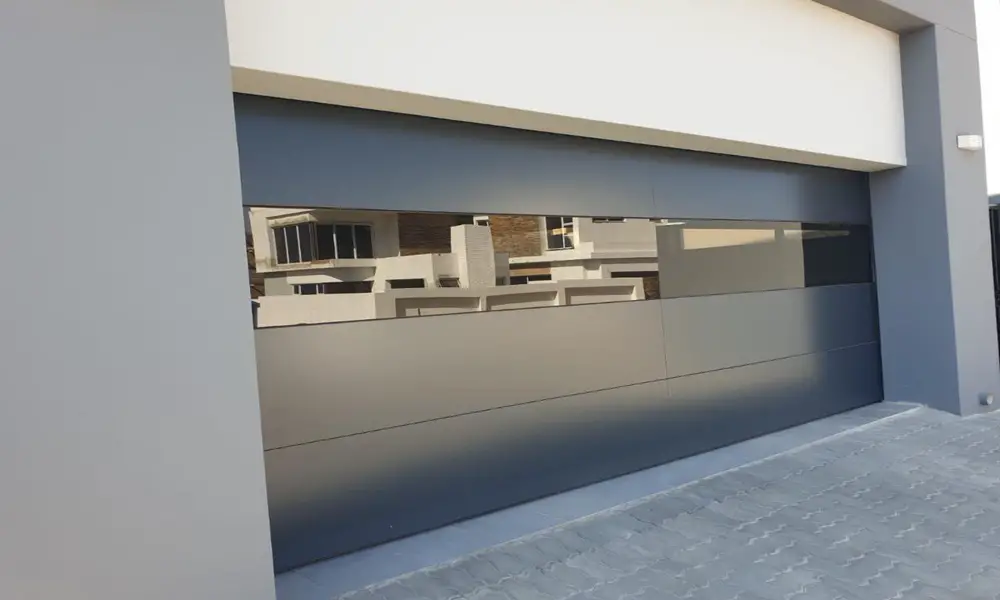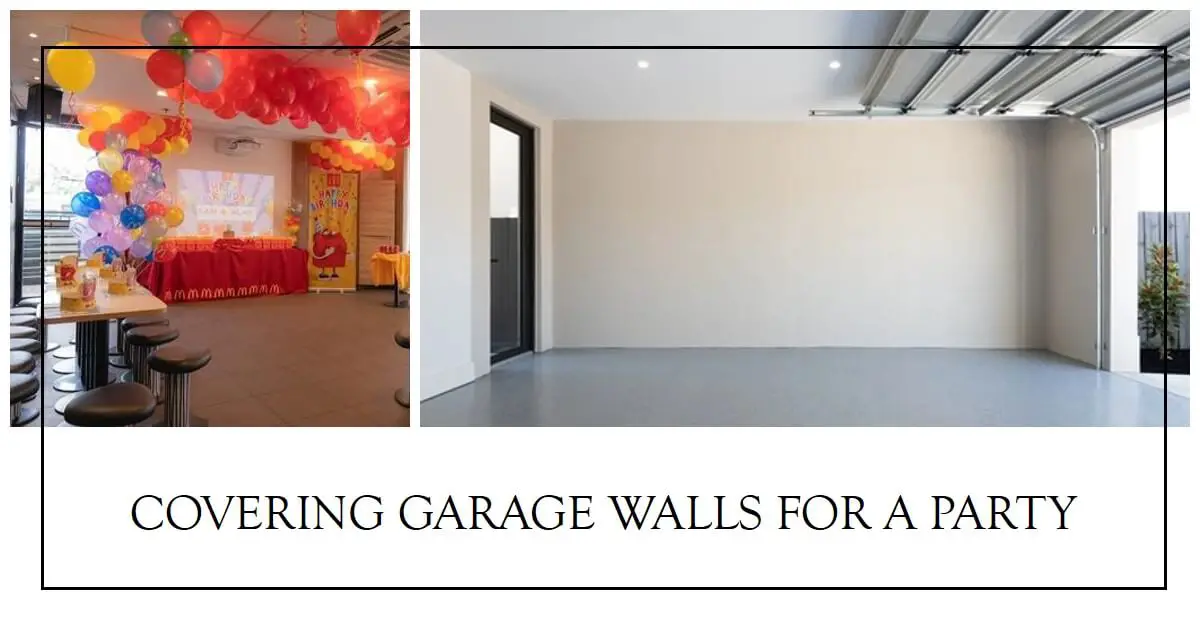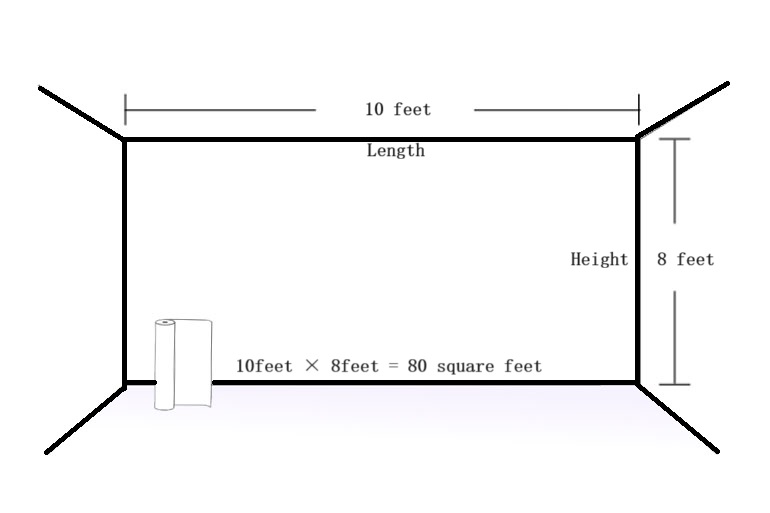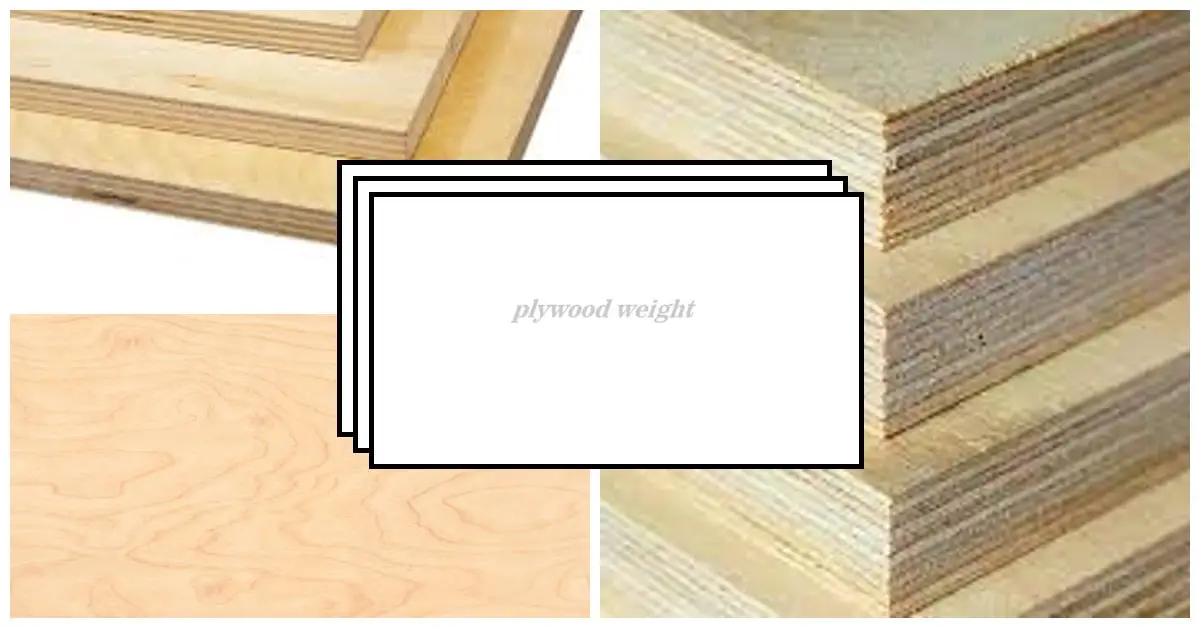How to Waterproof a Single Skin Garage: The Ultimate Guide
When it comes to safeguarding your valuable possessions and ensuring the longevity of your single skin garage, waterproofing is a […]
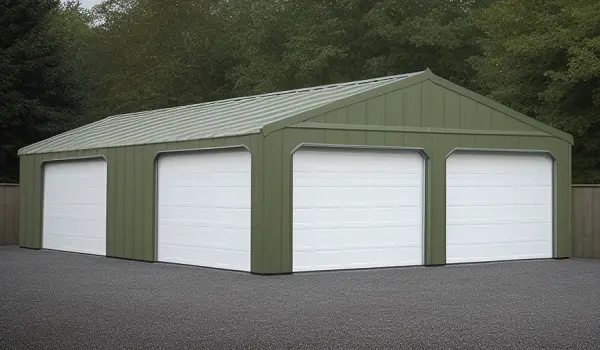
When it comes to safeguarding your valuable possessions and ensuring the longevity of your single skin garage, waterproofing is a crucial step.
Whether you use your garage for storage, as a workspace, or simply to protect your vehicle, a waterproofed garage can prevent leaks, enhance energy efficiency, and extend its overall lifespan.
In this comprehensive guide, we will explore the intricate aspects of ensuring your garage stays dry and secure, from the choice of materials and application methods to a detailed breakdown of costs and the invaluable benefits you can expect..
What is a Single Skin Garage?

A single skin garage, often referred to as a single-walled garage, is a type of structure characterized by having only one layer of material making up its walls.
These garages are simpler in construction and are typically less insulated compared to double-skin garages, which have two layers of walls separated by an air gap.
Single skin garages are commonly found in older homes and can be vulnerable to moisture-related issues if not properly waterproofed.
Why is Waterproofing a Single Skin Garage Important?
- Leak Prevention: The primary reason to waterproof a single skin garage is to prevent leaks. Without proper waterproofing, rainwater, snowmelt, or groundwater can seep through the walls, causing damage to your belongings and the structure itself.
- Energy Efficiency: Waterproofing also contributes to better energy efficiency. By sealing gaps and preventing moisture intrusion, you can maintain a more stable temperature inside the garage, reducing the need for excessive heating or cooling.
- Lifespan Extension: A waterproofed garage is likely to have a longer lifespan. Moisture can lead to the deterioration of materials over time, resulting in structural issues. Waterproofing safeguards against this, preserving your garage for years to come.
Benefits of Waterproofing a Single Skin Garage
- Prevent Leaks: Waterproofing acts as a robust barrier against moisture, ensuring that your garage remains dry and your belongings safe.
- Improve Energy Efficiency: By keeping moisture out, you can create a more comfortable environment within your garage and reduce energy consumption.
- Extend the Lifespan of the Garage: Waterproofing safeguards the structural integrity of your garage, helping it withstand the test of time.
Drawbacks of Waterproofing a Single Skin Garage

While the benefits of waterproofing are substantial, it’s essential to acknowledge the drawbacks:
- Costs: Waterproofing can be expensive, with costs ranging from $1,000 to $5,000, depending on various factors.
- Messy Process: The application of waterproofing materials can be messy and may require thorough cleaning afterward.
- Time-Consuming: The process can be time-consuming, especially if you’re doing it yourself. Hiring professionals can expedite the process but may add to the overall cost.
Materials and Methods
Types of Materials for Waterproofing Single Skin Garages
When waterproofing your single skin garage, you have several material options:
- Rubberized Coating: This is a popular choice, known for its flexibility and durability. It forms a seamless, waterproof barrier when applied correctly.
- Liquid Membrane: Liquid-applied membranes are easy to apply and adhere well to various surfaces, providing effective waterproofing.
- Sheet Membrane: Sheet membranes are versatile and come in rolls or sheets. They are highly effective in preventing moisture penetration.
Different Methods of Waterproofing Single Skin Garages
The choice of method depends on your preferences and the specific requirements of your garage:
- Spray-Applied: This method involves spraying a waterproofing material onto the surface. It is efficient and provides even coverage.
- Rolled: Rolled waterproofing involves rolling out sheets or membranes onto the walls. It can be a DIY-friendly option.
- Liquid-Applied: Liquid waterproofing materials are brushed or rolled onto the garage walls, creating a seamless barrier.
Costs
How Much Does It Cost to Waterproof a Single Skin Garage?
The cost of waterproofing your single skin garage can vary widely, influenced by several factors:
- Size of the Garage: Larger garages will naturally cost more to waterproof than smaller ones.
2. Material Choice: Different materials come at varying price points. - Labor: Hiring licensed and insured contractors will add to the overall cost but ensures a professional job.
- Additional Preparations: If your garage requires extensive repairs or preparation work, it can also impact the cost.
Steps in Waterproofing a Single Skin Garage
Preparation
Before applying any waterproofing material, you need to prepare the surface:
- Clean the Walls: Remove dirt, dust, and debris from the walls.
- Repair Any Damage: Fix cracks or holes in the walls to ensure a smooth surface.
- Inspect for Moisture Sources: Identify and address any sources of moisture intrusion.
Application of Waterproofing Material
- Follow Manufacturer’s Instructions: Whether using rubberized coating, liquid membrane, or sheet membrane, carefully follow the manufacturer’s guidelines for application.
- Apply Multiple Coats: Depending on the material, you may need to apply multiple coats for effective waterproofing.
Finishing Touches
- Inspect the Final Finish: Once the waterproofing material has dried, inspect it for any missed spots or imperfections.
- Consider Painting: You can paint over some waterproofing materials to improve aesthetics.
Troubleshooting
Common Problems with Waterproofing Single Skin Garages
Even with careful application, issues may arise:
- Blisters or Bubbles: These can form if the waterproofing material was applied incorrectly.
- Cracking: Improper preparation or insufficient coating thickness can lead to cracking.
How to Fix Common Problems with Waterproofing Single Skin Garages
If you encounter issues, consult with a professional contractor to address and rectify them promptly. DIY repairs may exacerbate the problem.
Conclusion
In conclusion, waterproofing a single skin garage is a wise investment in safeguarding your property and enhancing its longevity. While it can be expensive and time-consuming, the benefits far outweigh the drawbacks.
By choosing the right materials, methods, and professionals, you can ensure a watertight, energy-efficient, and long-lasting garage.
Don’t underestimate the importance of waterproofing a single skin garage it’s an investment that pays off in the long run, ensuring the protection and preservation of your valuable assets.
Remember, when it comes to waterproofing a single skin garage, it’s essential to consult with licensed and insured contractors for a thorough inspection and professional application of the chosen waterproofing solution.
This ensures your garage remains a robust and reliable part of your property for years to come.
So, don’t delay—take the necessary steps to waterproof your single skin garage and enjoy the benefits of leak prevention, energy efficiency, and extended lifespan. Waterproofing a single skin garage is a crucial step in maintaining the integrity of your property.
